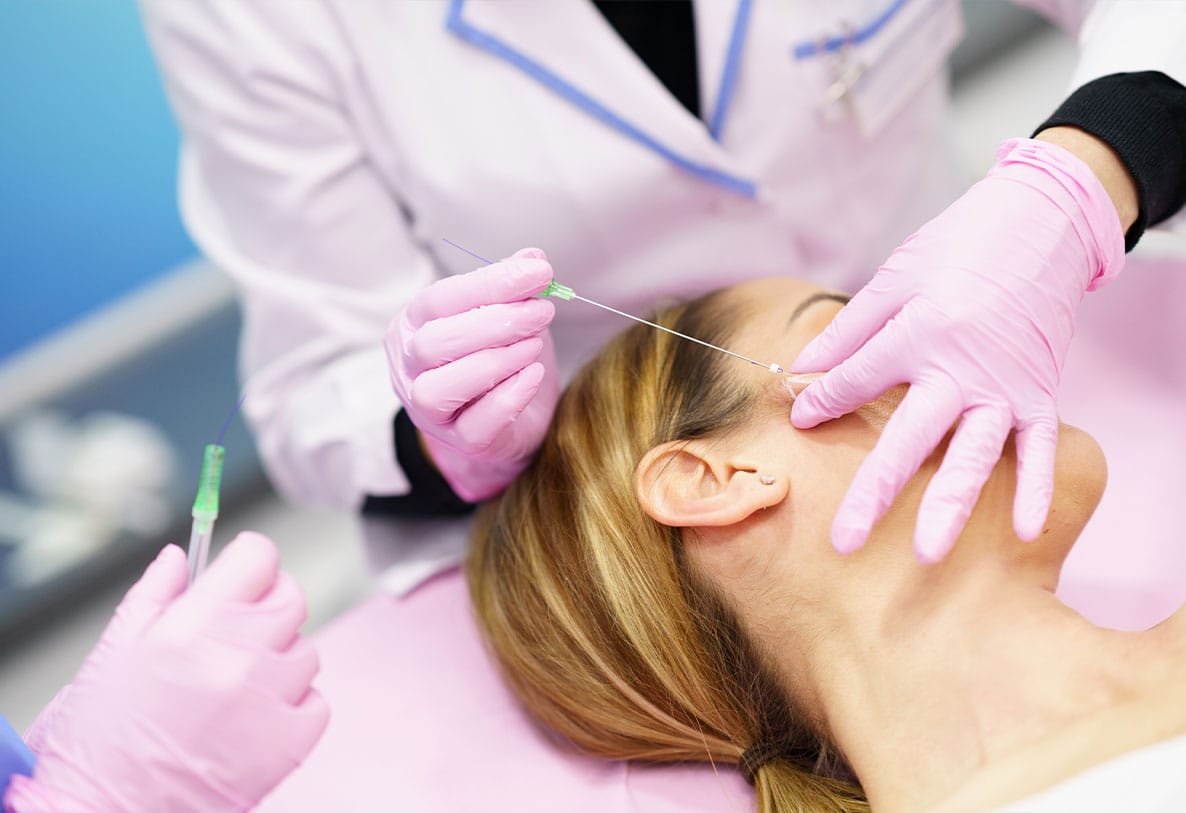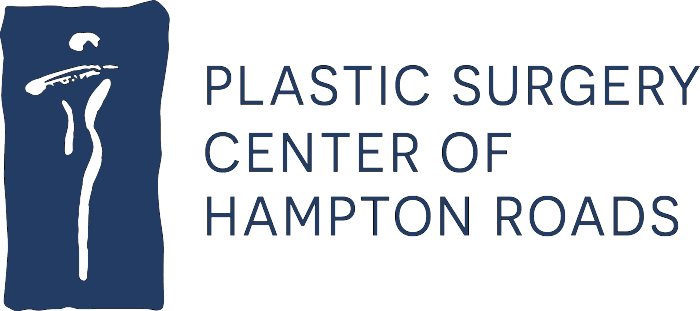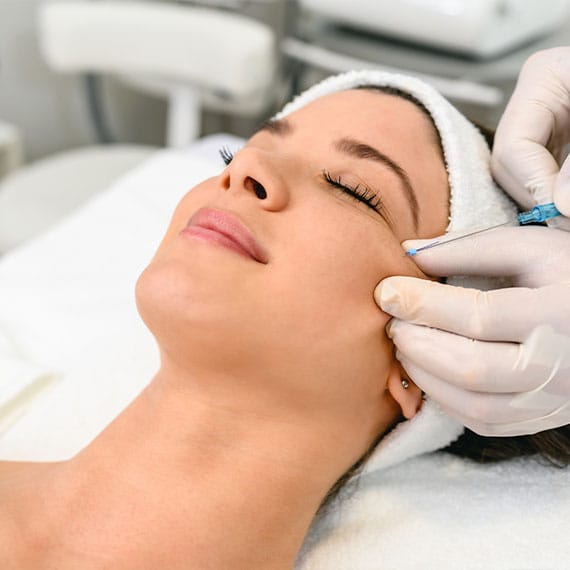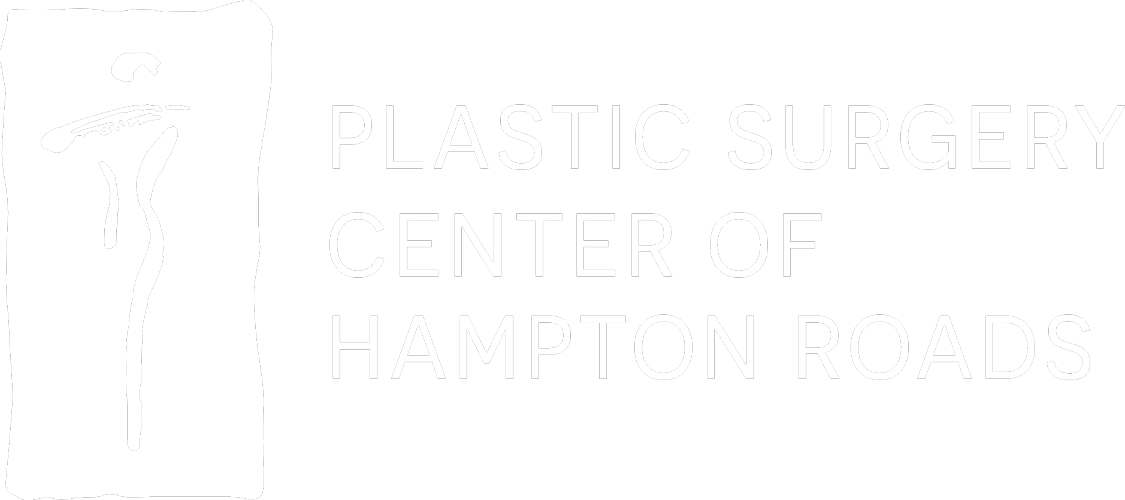At Plastic Surgery Center of Hampton Roads, one of the most common questions we hear is about “that thing celebrities do to look younger without surgery.” We’re always honest when we answer – there’s no magic wand, but there are some pretty impressive options these days. With decades of combined experience in plastic surgery and aesthetics, we’ve seen the evolution of non-surgical facial lifting techniques firsthand, and thread lifts have become one of the most intriguing developments in our field.
Let us paint you a picture of what typically happens. Someone might come in, point to their jawline or cheeks, and say, “I just want this area lifted a bit, but I’m not ready for a facelift.” That’s where the conversation about thread lifts and other non-surgical options begins. The beauty of modern aesthetic medicine is that we now have multiple tools in our toolbox to address facial aging without making a single surgical incision. If you’re considering these options, we encourage you to schedule your consultation to discuss what might work best for your specific needs.

The Importance of Listening to Patients
We believe in being direct – it’s not about the Instagram before-and-afters, but about understanding the whole picture. Thread lifts, radiofrequency treatments, ultrasound therapy, and injectable techniques each have their place, but they’re not interchangeable. What works beautifully for one person might be completely wrong for another.
The most important thing we’ve learned is that listening to what patients really want, not what we think they need, makes all the difference. Our team, with over 90 years of collective experience, has performed thousands of these procedures. We’ve seen trends come and go, but the techniques that stick around are the ones that deliver consistent, natural-looking results.
Understanding Thread Lifts
Thread lifts are fascinating because they’re simultaneously simple and complex. The basic concept is straightforward – our providers insert dissolvable sutures (threads) under the skin to physically lift and reposition sagging tissue. But the execution requires precision, artistry, and a deep understanding of facial anatomy. According to the Wikipedia article on thread lifts, this technique has evolved significantly since its introduction, with modern PDO threads offering improved safety and efficacy.
How PDO Threads Work
The threads themselves are made from polydioxanone (PDO), the same material we’ve used in surgical sutures for decades. What makes them special is their design – tiny barbs or cones along the thread grab onto tissue, allowing us to lift and suspend it in a more youthful position. As the threads dissolve over 6-9 months, they stimulate collagen production, creating a secondary lifting effect.
Our team has seen cases where patients are amazed by the immediate results. One person recently told us they looked like they’d had “the best night’s sleep of their life” right after the procedure. But here’s what a lot of people get confused about – thread lifts aren’t just about the immediate lift. The real magic happens over the following months as your body produces new collagen around the threads. For comprehensive treatment information about what to expect during this process, our team provides detailed guidance.
How the Procedure Works
The procedure itself takes about 45-60 minutes in our AAAASF-accredited facility. We use local anesthesia, making tiny entry points that are virtually invisible once healed. We guide the threads under the skin using a thin cannula, positioning them strategically to achieve the desired lift. The technique requires a sculptor’s eye – understanding not just where to place the threads, but how facial tissues will settle and age over time.
What we find most rewarding about thread lifts is their versatility. We can target specific areas – lifting drooping brows, defining the jawline, or restoring cheek volume. The results are immediate but natural-looking, which is exactly what most of our patients want. They don’t want to look “done”; they want to look refreshed.
Alternative Non-Surgical Lifting Technologies
While thread lifts get a lot of attention, they’re just one option in our non-surgical arsenal. Our team often tells patients that choosing the right treatment is like selecting the right tool for a job – you wouldn’t use a hammer when you need a screwdriver. Research from a scientific study demonstrates the effectiveness of various non-surgical lifting techniques when properly applied.
Radiofrequency (RF) treatments have been game-changers in facial rejuvenation. These devices deliver controlled heat deep into the skin, stimulating collagen remodeling and tissue tightening. What our team appreciates about RF technology is its consistency – when performed correctly, results are predictable and gradual, perfect for patients who want subtle improvements without downtime.
Ultrasound therapy, particularly focused ultrasound, works on a similar principle but penetrates even deeper. The technology allows us to target the SMAS layer (the same layer we manipulate during surgical facelifts) without making any incisions. We’ve seen remarkable results, especially in patients with mild to moderate skin laxity who aren’t ready for surgery.
The Promise of HIFEM Technology
High-intensity focused electromagnetic (HIFEM) technology is newer to facial applications but shows promise. Originally developed for body contouring, facial HIFEM devices can strengthen and tone facial muscles, creating a subtle lifting effect. It’s particularly effective for patients who’ve lost facial volume due to muscle atrophy.
Injectable techniques deserve special mention. While not traditionally considered “lifting” procedures, strategic use of dermal fillers and neurotoxins can create remarkable lifting effects. By adding volume to key areas like the cheeks and temples, we can restore youthful contours and indirectly lift sagging tissues. Neurotoxins, when expertly placed, can relax muscles that pull facial features downward, creating a subtle lift.
The Role of Patient Selection and Limitations
The key to success with any of these technologies is understanding their limitations and that these treatments can’t replicate surgical results. But for the right candidate, they can provide meaningful improvement with minimal risk and downtime. Our patient resources include detailed information about each option to help you make informed decisions.
What to Expect
Here’s where our providers’ experience really comes into play. After thousands of procedures, we’ve learned that combination treatments often yield the best results. Think of it as a symphony – each instrument plays its part, but together they create something more beautiful than any could achieve alone.
A typical combination approach might include thread lifts for immediate lifting, radiofrequency for skin tightening, and strategic filler placement for volume restoration. The sequencing matters tremendously. Our providers usually start with thread lifts, as they provide the structural foundation. Once tissues have settled (usually after 2-3 weeks), we can add fillers to enhance contours and address any remaining volume deficits.

Creating a Customized Plan
Someone might come in with concerns about jowling, nasolabial folds, and overall facial sagging. Rather than trying to address everything with one modality, we’ll create a customized plan. Thread lifts can reposition the sagging tissue, fillers can soften the nasolabial folds, and radiofrequency treatments can improve skin quality and provide additional tightening. As noted by this authoritative resource, proper technique selection is crucial for optimal outcomes.
The timing between treatments is crucial. We’ve seen cases where practitioners rush to do everything at once, leading to suboptimal results. Our approach at Plastic Surgery Center of Hampton Roads is more measured. We allow each treatment to settle and evaluate results before proceeding to the next step. This might mean the overall process takes longer, but the results are more refined and natural-looking.
The Benefits of Comprehensive Rejuvenation
What is really exciting about combination approaches is their ability to address multiple aspects of facial aging simultaneously. Aging isn’t just about sagging – it’s also about volume loss, skin quality changes, and muscle dynamics. By combining techniques, we can create comprehensive rejuvenation that looks natural and ages gracefully.
We always remind patients that these combinations require expertise and artistic vision. It’s not just about knowing how to perform each procedure; it’s about understanding how they interact and complement each other. This is where our team’s collective experience becomes invaluable. Our comprehensive Thread Lift and Non-Surgical Facial Lifting Techniques options reflect this integrated approach to facial rejuvenation.
Patient Selection and Realistic Expectations
Not everyone is a good candidate for non-surgical lifting techniques. The biggest mistake we see in our field is practitioners overselling these procedures to patients who really need surgical intervention.
Ideal candidates for thread lifts are typically in their 30s to 50s with mild to moderate skin laxity. They’ve good skin quality and realistic expectations about what can be achieved. Someone with significant jowling or extreme skin excess won’t get satisfactory results from threads alone. We’d rather have an honest conversation and potentially lose a procedure than have an unhappy patient.
The Consultation and Assessment Process
Our providers spend considerable time during consultations assessing skin quality, facial structure, and the degree of aging. But equally important is understanding the patient’s lifestyle and expectations. Thread lifts and other non-surgical options require maintenance. Results aren’t permanent, and patients need to be prepared for touch-up treatments.
One question we hear is, “Will this make me look 20 years younger?” Our response was direct: “No, but it can make you look like the best version of yourself right now.” That’s the key – these treatments enhance and refresh, they don’t turn back the clock dramatically.
Recovery and Downtime Expectations
Recovery expectations are another crucial discussion point. While these procedures are minimally invasive, they’re not without downtime. Thread lift patients typically experience swelling and bruising for 3-7 days. Some have mild discomfort or a feeling of tightness. We’ve seen cases where patients planned to attend important events just days after treatment, only to be disappointed by residual swelling.
Cost is another reality check. While less expensive than surgery, these treatments aren’t cheap, especially when you factor in maintenance. Our team always provides a long-term treatment plan with associated costs so patients can make informed decisions. It’s better to know upfront than be surprised later.
Our Comprehensive Consultation Process
The consultation process at our practice is thorough – sometimes too thorough, according to some patients who just want a quick fix. But after decades in this field, we’ve learned that taking time up front prevents disappointment later. We discuss alternatives, show before-and-after photos of similar cases, and sometimes even recommend waiting or choosing a different approach. This honesty has served our patients and our practice well over the years. If you’re ready to explore your options, get started today with a comprehensive consultation.
Investment and Value
Understanding the longevity of results is crucial in evaluating the value proposition of thread lifts and similar techniques. Thread lift results typically last 12-18 months, though we’ve seen cases where patients maintain benefits for up to 2 years. The threads themselves dissolve in 6-9 months, but the collagen stimulation continues beyond that. Individual factors like skin quality, age, and lifestyle significantly impact longevity. We always tell patients to plan for annual touch-ups to maintain optimal results.
Evaluating Cost and Long-Term Value
As previously mentioned, cost is another reality check. While less expensive than surgery, these treatments aren’t cheap, especially when you factor in maintenance.
At Plastic Surgery Center of Hampton Roads, we believe that the value of these treatments is in the consistency and subtlety of results. Our practice emphasizes a strategic approach to rejuvenation – each treatment is carefully considered for its contribution to the overall aesthetic goal. Our Thread Lift and Non-Surgical Facial Lifting Techniques expertise ensures that every procedure is performed with precision and artistry.
Frequently Asked Questions
How long do thread lift results last?
Thread lift results typically last 12-18 months, though we’ve seen cases where patients maintain benefits for up to 2 years. The threads themselves dissolve in 6-9 months, but the collagen stimulation continues beyond that. Individual factors like skin quality, age, and lifestyle significantly impact longevity. We always tell patients to plan for annual touch-ups to maintain optimal results.
Are thread lifts painful?
Most patients report minimal discomfort during the procedure thanks to local anesthesia. You’ll feel some pressure and pulling sensations, but actual pain is rare. Post-procedure, there’s usually mild soreness for 3-5 days, similar to what you might feel after dental work. We provide detailed aftercare instructions and pain management strategies to ensure comfort during recovery.
What's the difference between thread lifts and surgical facelifts?
This is probably the most important distinction to understand. Surgical facelifts reposition deeper tissues and remove excess skin, providing dramatic, long-lasting results. Thread lifts offer subtle lifting without surgery, shorter recovery, and lower risk, but results are temporary and less dramatic. We often describe thread lifts as a “preview” of what surgical lifting could achieve, perfect for those not ready for surgery. For a visual demonstration of the differences, this video demonstration provides helpful insights into the procedure.
Can thread lifts be combined with other procedures?
Absolutely, and in fact, we often recommend combination treatments. Thread lifts pair beautifully with neurotoxins, dermal fillers, and energy-based treatments. The key is proper timing and sequencing. We typically wait 2-3 weeks after thread placement before adding fillers, allowing tissues to settle first. This strategic approach maximizes results while minimizing complications.
What are the risks and potential complications?
While generally safe, thread lifts carry risks including bruising, swelling, asymmetry, and visible threads under thin skin. Rare complications include infection, thread migration, or dimpling. In our AAAASF-accredited facility with experienced practitioners, serious complications are extremely rare. At Plastic Surgery Center of Hampton Roads, we believe in full disclosure – patients should understand both benefits and risks before proceeding.
How do I choose between different non-surgical options?
The choice depends on your specific concerns, skin quality, budget, and lifestyle. Thread lifts provide immediate lifting, while energy-based treatments work gradually. Some patients need volume restoration with fillers more than lifting. During consultation, we assess your individual needs and create a customized plan. There’s no one-size-fits-all solution in facial rejuvenation.
When should I consider surgery instead?
We recommend considering surgery when non-surgical options no longer provide satisfactory results, typically when skin laxity is severe or there’s significant tissue descent. If you’re spending excessive money on temporary treatments with diminishing returns, surgery might be more cost-effective long-term. Age isn’t the determining factor – it’s about matching the treatment to the degree of aging.
Getting Started
We’ve learned that the best results come from honest conversations, realistic expectations, and choosing the right treatment for each individual. Thread lifts and other non-surgical lifting techniques have revolutionized our ability to address facial aging, but they’re tools, not miracles. At Plastic Surgery Center of Hampton Roads, our commitment is to guide you toward the best solution for your unique situation, whether that’s threads, energy-based treatments, injectables, surgery, or sometimes, simply good skincare and patience. The goal isn’t perfection – it’s helping you feel confident and refreshed, looking like the best version of yourself. To begin your journey toward facial rejuvenation, contact our office and let’s discuss which approach might be right for you.

Written by: Dr. Michael Cohen
Board-Certified Plastic Surgeon, Plastic Surgery Center of Hampton Roads
About Dr. Cohen


